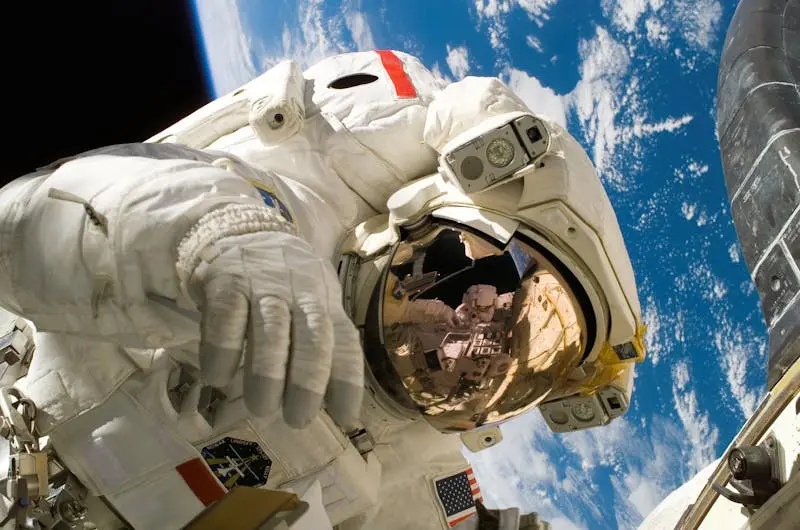
Thanks to this invention, astronauts on future distant expeditions will find it easier to conduct long spacewalks.
The Stillsuit system, designed after the device from the sci-fi series “Dune” (2000), collects urine, purifies it, and returns it to the astronaut as drinking water in just five minutes.
The authors of the prototype hope that it can be used by the end of the decade in NASA’s Artemis program. It is set to launch in 2026 and will focus on landing a crew at the Moon’s south pole. By the 2030s, NASA plans to carry out its most ambitious plan for human presence in space – launching crewed missions to Mars.
The proposed system of wearable suits consists of a special cup made of molded silicone inside underwear, which is made from several layers of flexible fabric. Photo: Claire Walter
“Currently, astronauts have only one liter of water in the drinking packs of their spacesuits,” said Sofia Etlin, a research associate at Cornell University (USA). According to her, this is by no means enough for planned spacewalks, “which can last 10 hours, and in case of an emergency, even up to 24 hours.”
Moreover, while working in space, particularly on the ISS, astronauts constantly face the painful problem of waste disposal. This primarily concerns the so-called maximum absorption garments (MAG), which are essentially adult diapers. They are prone to leaks, uncomfortable, and unhygienic. As a result, some astronauts limit their food and drink intake before going out into space, while others complain of urinary tract infections.
“MAG leakage is a common occurrence. Astronauts report that at some point they can no longer tell whether it’s urine or sweat. They say: yes, I am an astronaut, and this is a burden I have to bear,” said Sofia Etlin.
What is a system for converting urine into water?
The proposed Stillsuit system is primarily a pair of pants made from several layers of flexible fabric, which incorporates a molded silicone urine collection cup (scientists have developed both female and male versions).
The cup connects to a vacuum pump that is activated by moisture. It turns on automatically as soon as the astronaut begins to urinate. After collection, the urine is directed to a filtration system, where it is processed into water with an efficiency of 87 percent. A reverse osmosis system is used to remove water from the urine, along with a pump to separate the water from the salt.
Urine collection cups that are inserted inside a modified space suit.
After a five-minute purification, 500 ml of urine can be enriched with electrolytes and returned to the astronaut as an energy drink. The filtration system, measuring 38 x 23 cm, weighs about 8 kg, the publication reported. The Guardian Experts recognized it as quite compact and lightweight, making it easy to carry on the back.
In the fall, researchers plan to recruit 100 volunteers from New York to test the Stillsuit for comfort and functionality.
“Our system can be tested in simulated microgravity conditions, as microgravity is a key factor in space that we need to consider. These tests will help ensure the functionality and safety of the system before it is deployed in real space locations,” noted Professor Christopher Mason from Weill Cornell Medical College and the senior author of the study.
Detailed information about the prototype was published by the journal Frontiers in Space Technology.
